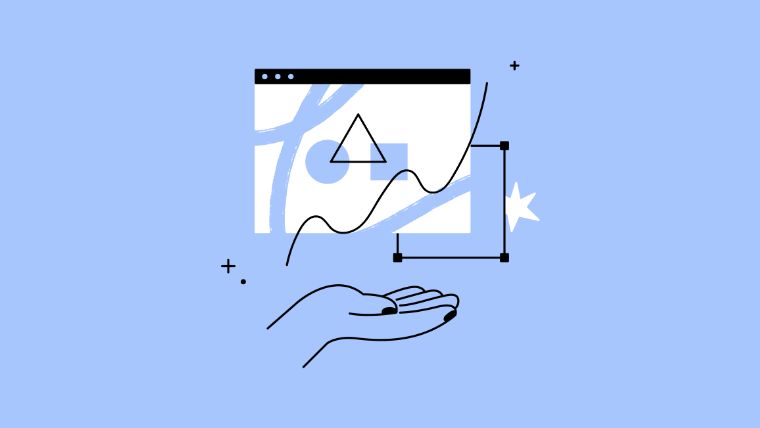SaaS products are often complex and evolve quickly, which creates an ongoing learning challenge for customers.
Without training, customers may struggle to find value in your product and begin looking elsewhere for a different solution.
So, how can SaaS companies help customers learn how to use a complex and dynamic SaaS product meaningfully? Through SaaS customer training.
SaaS customer training teaches customers how to use your SaaS product to reach their goals.
And it’s not just customers who struggle to keep up with a frequently changing product.
Customer education professionals must update and expand their training materials to keep pace with product updates and new releases while facing high admin turnover across customer accounts.
Luckily, on-demand SaaS customer training programs provide a scalable solution to these problems.
In this article, you’ll learn how to keep up with product changes and build a scalable customer training program for improved learning experiences and higher customer satisfaction.
What’s the Goal of SaaS Customer Training?
SaaS customer training aims to improve the customer experience and increase meaningful use of the product, also known as product adoption.
Product adoption rates are a leading indicator of customer retention and expansion. If customers regularly use a product, they’re more likely to continue subscribing and expand their use of the product.
Userpilot suggests four user adoption metrics for measuring product adoption, including:
- Breadth of feature adoption, or the “who”, measures how many customers use a feature across your user base
- Depth of feature adoption, or the “what,” measures the usage frequency of a specific feature
- Time to adopt, or the “when,” measures how long it takes customers to start using a new feature for the first time after discovering it
- Duration of adoption, or the “how long,” goes beyond the initial trial of a new feature to measure how long customers continue to use it
Educated customers are better customers because they understand how to use the product to meet their goals, resulting in fewer (or more strategic rather than tactical) support tickets.
A strong training platform offers more than just customer product training. Holistic customer education programs teach new skills, challenge thinking, and expand industry knowledge across every stage of the customer lifecycle.
What’s Considered Customer Training?
SaaS customer training is a subset of broader customer education that focuses on using the product within real-time environments.
Customer training includes customer onboarding, like context-dependent in-app guidance, plus ongoing customer enablement materials. SaaS teams can deliver customer education and training through live instructor-led training or on-demand inside a learning management system (LMS).
A key tenet of customer training is its proactive nature in avoiding problems rather than the reactive nature of support team calls.
Customer training focuses on helping customers expand their knowledge base to get unstuck and move quickly.
To build a proactive customer training program, start by analyzing the customer journey and look for answers to the following questions:
- What problems are customers experiencing?
- How does our product help solve their problems?
- What training content will move customers to their desired state quickly?
6 Tips to Get SaaS Customer Training Right
Follow these tips from Intellum’s Education Program Manager, Jordan Hopkins, MEd, to support a strong customer training initiative that transforms product updates into client education.
1. Train customers beyond initial onboarding.
While training new accounts during onboarding is critical, it shouldn’t be the only time you offer training. Make a plan to consistently train and develop your customers across their lifecycle, including new account admins and updated training materials as your product changes.
2. Use a variety of training modalities for a better user experience.
Some customers will inevitably miss out if you only offer live training webinars. Be sure to record your webinars, then provide them on-demand along with other modalities like short video tutorials, links to documentation, and infographics to foster better customer engagement.
3. Collaborate with your team.
Keep strong connections with your product managers and subject-matter experts (SMEs) whose expertise and demonstrations will guide you early in the process. Other departments, such as product and marketing teams, will also come into play.
4. Speak up when you can help.
Product releases are a work in progress. They require clear processes and strong communication. If you notice gaps in communication or processes, speak up and share your solutions to help all teams.
5. Focus on impact, value, and strategic use cases.
Supplement your documentation team’s technical step release with customer education around change management, stories, use cases, and tips to quickly get value from the feature.
For example, if a client used the new feature well during beta, feature their story.
6. Never underestimate the power of email.
Short, punchy product updates with captivating visuals spark interest in new releases. Include clear calls to action (CTAs) with links to invite customers to learn more or attend training.
How Do You Prove the Value of SaaS Customer Training?
We know customer training creates more successful customers (and who doesn’t want that?!), but how exactly do you prove the business value?
You can measure customer training ROI in several ways.
Proving ROI is straightforward if you offer paid customer training content; simply compare training administration costs (resources, staffing, etc.) to the revenue generated from training credits.
Beyond revenue in versus expenses out, other metrics to determine SaaS customer training value include:
- Compare the difference in long-term spend between trained and untrained customers to determine its impact on a customer's lifetime value (LTV). Compare the two groups' retention rates, expanded contracts, and attach rates.
- Measure the deflection of support tickets before implementing customer training vs. after or compare support tickets submitted by trained vs. untrained customer accounts.
- Investigate product adoption for trained vs. untrained customers.
To do customer training right, you need the right training materials for your customers and your team.
We spoke a lot about customer training, but we know the heart of excellent customer education starts with an educated internal team.



.png)

